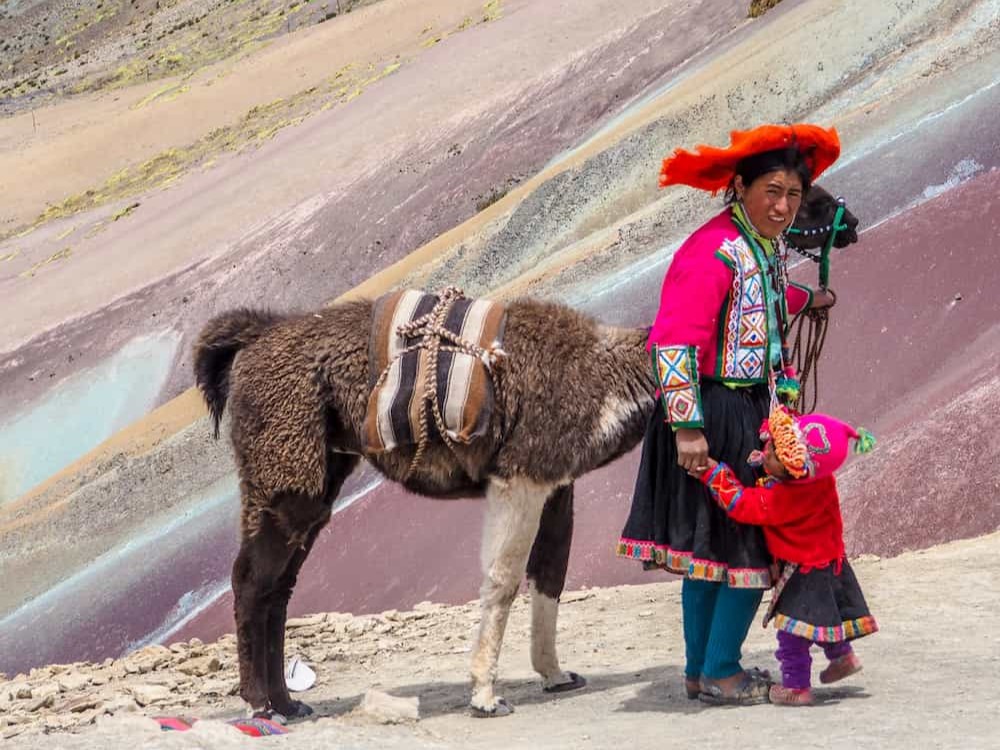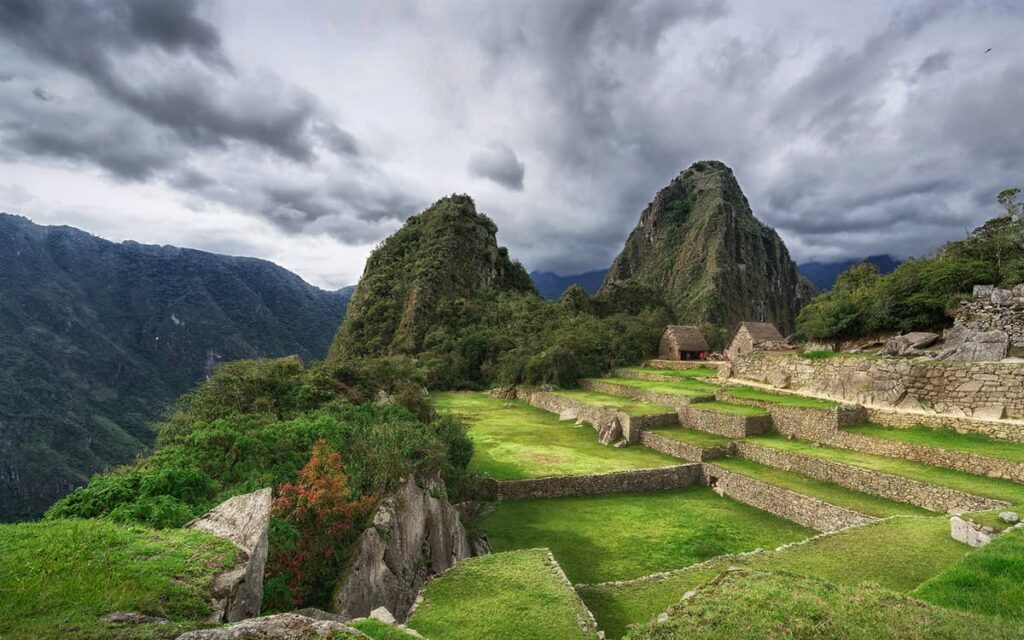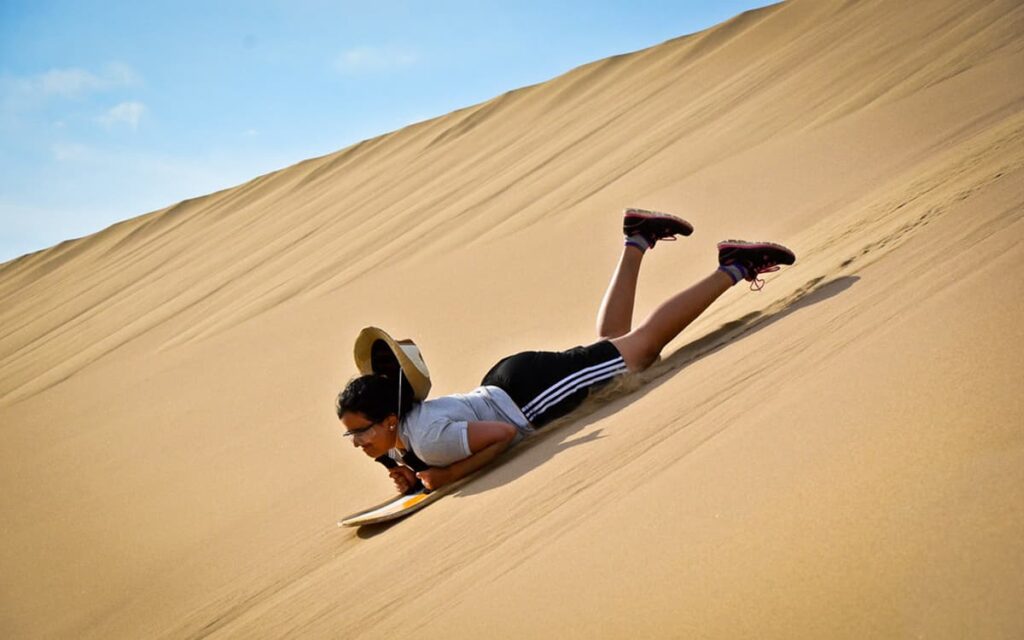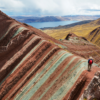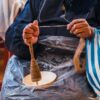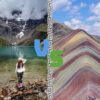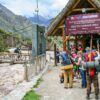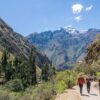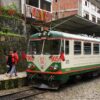The Misti Volcano in Perú is one of the most emblematic attractions that the Yanahuara district presents, in the province and department of Arequipa; This volcano is located in the Chili Valley, and is only 20 km from the Chachani volcano.
This volcano has a height of 5,825 meters above sea level and is presented as an active volcano thanks to which the city of Arequipa presents one of the richest farmlands.
The Misti Volcano in Perú, together with Chachani, is one of the volcanoes with the easiest ascent in Peru, in fact the ascent to the Misti volcano is considered not a mountaineering route, but a trekking route, where the main difficulty is the ash volcanic emanating from the volcano, as well as the formation of dunes that slow down the climb.
There are many companies in the area that have the tour to the top of the volcano in their itinerary; In order to reach the top of Misti, it is necessary to take an average of two days of travel; Prior to which it is necessary to go through a period of acclimatization. Although the ascent to Misti does not imply major difficulties, it is necessary to have adequate physical and health condition since the two-day journey to the top of the volcano represents long walks of up to 12 hours a day where you will have to rest in camps. that are mounted above 4,600 meters above sea level; and the return from the top of the volcano, includes a shorter time, between 4 to 5 hours, which allows you to get a wonderful view and photographs of the surroundings.
A little history
The age of the Misti Volcano in Perú, whose top reaches 5,822 meters above sea level, dates back to approximately 800 thousand years. It is said that in colonial times it was known as a «volcano without a name»; According to myths, the ethnic groups that lived near the crater had to flee their lands due to the volcano’s explosion and when they returned, they took their name away as a kind of reprimand.
Other versions indicate that it was called Machu Putina, which in indigenous languages ??means “Old volcano”. This is due to the duality in the Andean worldview, since 40 kilometers further on is Huayna Putina, which means «young volcano». The truth is that it is not known exactly since when he began to be called Misti.
Volcanic activity
The Misti Volcano in Perú is a stratovolcano considered one of the 10 active and / or potentially active volcanoes of the Andes mountain range, with fumaroles visible from the city of Arequipa. Its last significant volcanic activity was in the year 1870.
Geological studies show that there were 5 minimal eruptions during the 20th century and it had a major eruption in the 15th century. It is important to note that the Misti, being an active volcano, is permanently monitored by the Southern Volcano Observatory (OVS) of the Geophysical Institute of Peru (IGP).
About volcanoes in Perú
In Peru, approximately 400 volcanoes have been identified that are located in the Volcanic Zone of the Andes, which extends to the north of Chile. Although most of these volcanoes are inactive, there is a group located in southern Peru that is active. This activity has manifested itself through eruptive processes, and currently with fumarolic manifestations and / or seismic movements. Within the group of active volcanoes, there is the Misti volcano itself, as well as the Ubinas, the Huaynaputina, the Ticsani, the Sabancaya, the Tutupaca and the Yucamani.
Facts about Misti Volcano
Here are some interesting facts about Misti Volcano that you should know:
- During the colonial era, most of Arequipa’s houses were built with ashlar, white stone formed with the deposition of ash and lapilli during the pyroclastic eruptions of the Misti Volcano.
- During an expedition led by archaeologists José Antonio Chávez and Johan Reinhard in 1998, six Inca skeletons were found near the summit, presumably human sacrifices.
What else to see in Arequipa
The route should start from the Plaza de Armas. This immense square square, the main one in Arequipa, is an example of exquisitely executed ashlar architecture. But, without a doubt, the best thing about this square is not its buildings, nor the palm trees that grow here and there, nor the fountain that is in its center. The best thing is that it is the place where many of the Arequipans in this area sit down to talk and enjoy the day, and therefore it is worth sitting down for a while simply to watch life go by.
Once we have enjoyed a well-deserved rest – and perhaps talked to some people from Arequipa – it is time to pay more attention to the buildings that surround it. Colonial-style constructions with arched galleries on three sides, and the incredible and bombastic Arequipa Cathedral (or Cathedral Basilica of Santa María), on the other.
This religious monument, which can be accessed from the square or from a smaller parallel street on the other side of the building, was built in the 17th century, and is an example of a mixture of styles. Its organ is Belgian, one of its lamps Sevillian and the pulpit is French Neo-Gothic. Although the one we see today is a reconstruction of the one that burned in 1844, its impact, with high marble walls and bell towers that rise meters high, cannot be much different from the original construction.
Not far from the Plaza de Armas and the Cathedral we find the Santa Catalina Convent, also from the colonial era and founded by Doña María de Guzmán. It is so big that it is more of a city within a city: it occupies 20,000 square meters and, until 1970, it was completely isolated from the world. Most of its inhabitants were Creole nuns from wealthy families and their maids (usually young lower-class women).
The place – whose thick stone walls remind us at all times that we are in an impenetrable fortress – is worth a visit because of how incredible it is inside. The convent is made up of open-air streets of different colors, decorated with flowers, and each one dedicated to a Spanish city -Málaga is reddish and Córdoba white, for example-. In these streets are the cells, where the nuns used to live with their maids, similar to miniature Andalusian carmens. The cloisters, or courtyards, decorated with paintings depicting passages from the Bible, used to be where nuns meditated or strolled.
Due to lack of budget, the convent ended up opening its doors to tourism and the small houses were emptied. Today, the cloistered nuns share spaces in another wing of the convent, much less beautiful and colorful than this one, where they continue to be silent, as the signal that receives us as soon as we enter this religious temple.
To contrast this discreet and stealthy visit, the traveler can then go to one of the most bustling and lively places in the city, the San Camilo Market. This market is a spectacle for the senses, especially smell and sight, thanks to its hundreds of smells and colors. The multiple products that are piled on each of the stalls, from the brightly colored fruits to the different shades of blues and grays in the fish section, make up a rainbow of hues that will be hard to forget. The women at the natural juice stands, in particular, are lovely.
But yes, although the environment is radically opposite to that of the Santa Catalina convent, the visitor must not forget that he is in a place where hundreds of people work. In case you run into someone in a hurry, you have to get out of the fast track to let them do their work normally.
Once we have visited the historic center, where the perfectly cared for churches stand out, and the classic buildings of the area – some of which are banks, shops and shopping centers today – it is time to head to another area of ??the city. Crossing the Chili (or Quilca) river by the Bolognesi Bridge (from the 17th century), from where there is an incredible view of the Misti, we arrive at the Yanahuara district. This place, made up of cobbled slopes, small houses and a square with a viewpoint overlooking not only the volcano again, but also the Andean mountain range, is totally worth a visit.
And in addition to strolling through the streets, Arequipa also offers great museums, among which the Andean Sanctuaries Museum stands out, where the famous Juanita mummy is located. Juanita was a young Inca found in an almost perfect state of conservation in the crater of the Ampato volcano, and who probably ended up there as an offering to the god of the mountain. And to end the visit to Arequipa with a smile, the visitor can visit Mundo Alpaca, where they can meet the different species of this animal, symbol of Peru.
If you travel to Perú, we also recommend you to visit another impressive destinations in the city of Cusco like the tour to rainbow mountain peru or the humantay lake tour from cusco, which only takes one day. But if you are gonna to stay more days in Cusco, other archaeological places you can know will be the choquequirao trek peru, the salkantay trek to machu picchu, and the classic inca trail 4 days 3 nights.
What to eat?
Arequipa is not only the “Capital of Justice”, but it is also the Peruvian “Capital of Gastronomy”, something easy to understand when you enjoy some of the delicacies served in its restaurants.

